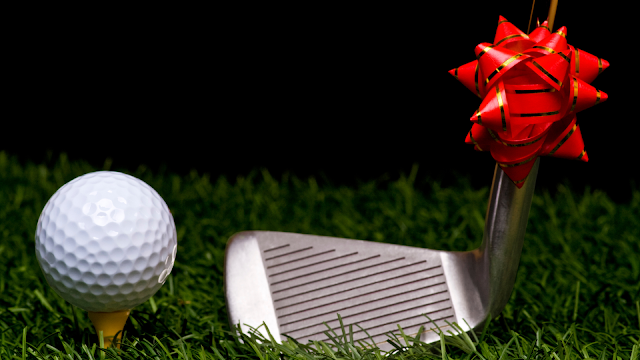How to Fix a Slice in Golf
How to Fix a Slice in Golf
Note: This article includes affiliate links!
The slice is probably one of the most common swing flaws for amateurs. An outside-to-inside swing path creates a side spin on the golf ball.
The side spin causes the ball to cut hard to the side, making it a very frustrating day on the course. It also seems to be one of the most challenging swing flaws to fix.
There have been hundreds of so-called golf training aids that guarantee to cure your slice. And I am sure we have all bought or thought about buying one of these gadgets after a frustrating day on the course.
Some of these golf-training aids do help you to cure your slice; others do not.
In addition to golf training aids, countless articles have been written about the golf slice.
This article discusses the slice in-depth and frequently provides fixes for the golf slice.
If you have been a golfer for any time, I am sure you have come across at least one or two of these articles. Maybe you have even tried implementing some of the suggested fixes into your golf swing. Some of these golf swing fixes may have helped, others maybe not.
Providing information on curing swing flaws like the slice is no different. Research from the University of North Carolina recently offered some interesting details on fixing the slice.
A Professor from UNC and the head teaching pro from Pinehurst (venue of the 2005 US Open) performed a series of research studies on the golf swing slice.
These researchers took a group of golfers prone to slicing the golf ball through a battery of tests. These tests determined the best swing drills to cure the dreaded slice.
Golf swing drills generally break down the golf swing into manageable parts to allow an individual to work on a specific part of the swing.
As we all know, it isn't easy to work on fixing your swing when performing a full swing. It becomes too much for the brain and body to process.
It is usually best to break down the swing into parts and implement drills that work on specific aspects of the swing. This allows you to simplify the process, fix the swing area that needs work, and eventually bring it back into the entire golf swing.
Back to the research project on the slice and the swing drills. After taking these amateur golfers through this battery of swing drills, the researchers found two swing drills were the most significant benefit.
These two drills showed the most significant effect on assisting the amateur golfer prone to slicing to fix such a problem.
The first drill that showed benefit was the toe-in drill. This drill placed the golfer in the correct positions during the swing to assist in curing the slice.
The second drill was the split hand. This drill helped the amateur feel the club's correct release and the club's swing path.
Again, both of these drills during this research project indicated the most significant amount of help to the amateur in the attempt to cure the slice.
What points of validity can we draw from this research project? The split hand and toe-in drill are beneficial in assisting an amateur golfer with the slice.
Secondly, it probably indicated that many swing drills and possibly training aides are not beneficial to the amateur golfer.
This points to the idea that the amateur golfer must understand the swing to decipher the best drills for their swing.
Finally, it indicates that proper swing mechanics are necessary for real success on the golf course (download Free eBook "Top Golf Courses and Resorts Around the World".
A poor golf swing will result in poor play on the golf course.


Comments
Post a Comment